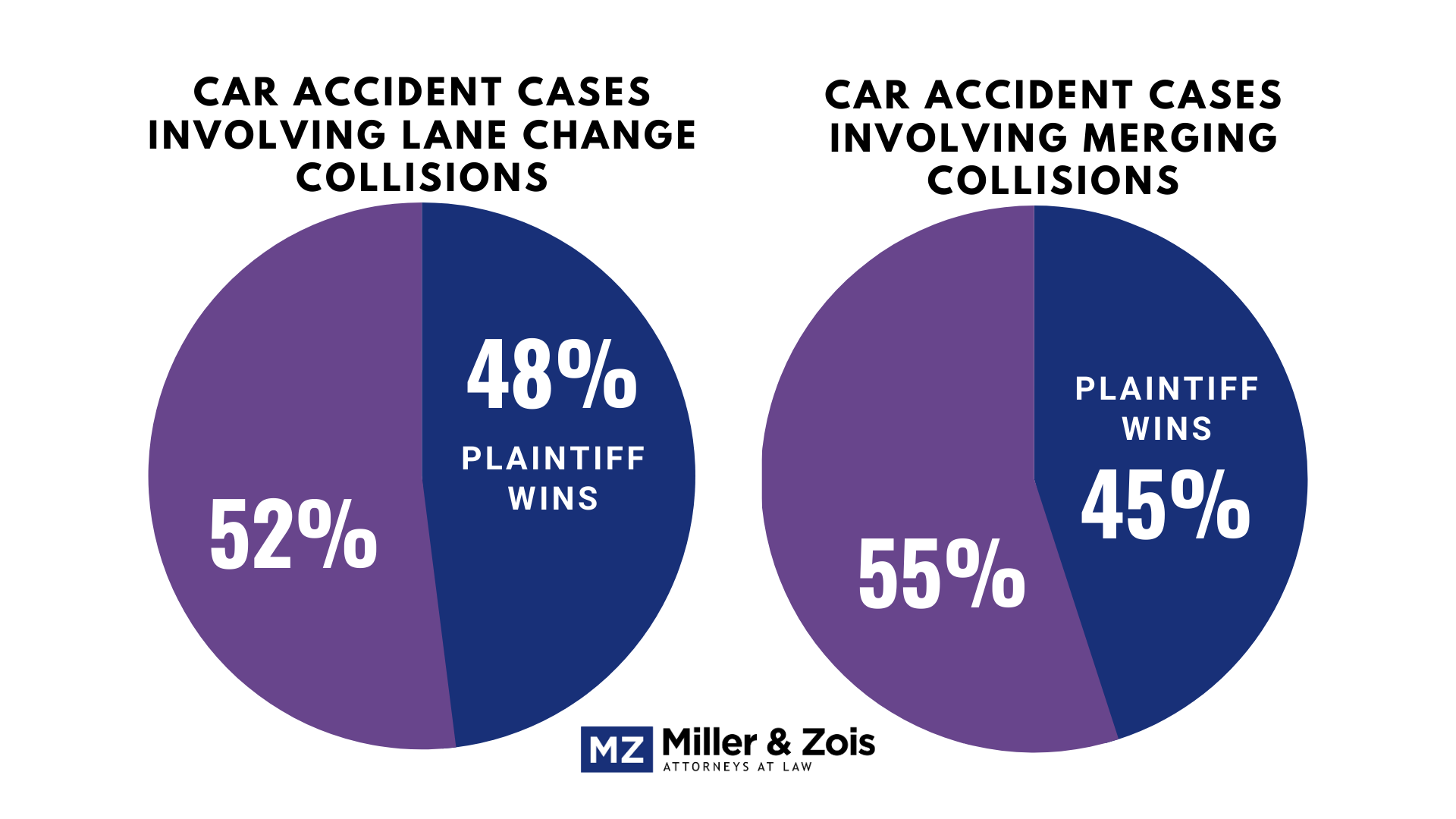The recession has created another problem for Maryland accident victims: more uninsured motorist accident lawsuits. A new study indicates that one in six drivers in the U.S. might be driving without insurance by 2010. Uninsured drivers had been declining because of sharper enforcement efforts. (In Maryland, the hammer is the FR-19 which Maryland sends out every time you leave your current insurance company.) In fact, the estimated percentage of uninsured motorists in the United States decreased to 13.8% in 2007 from 14.9% in 2003, but it’s expected to sharply increase because of the recession.
A recent study estimated the number of uninsured motorists by using a ratio of insurance claims made by people injured by uninsured drivers to claims by people injured by insured drivers. I’m not sure about the accuracy and I doubt there is an entirely linear relationship, but the theory is that an increase of 1 percent in the unemployment rate causes a nearly three-quarters of a percent increase in the uninsured motorist rate.
That sounds incredibly high, but I don’t know. In Maryland, we have never really gotten a handle on the number of Maryland uninsured drivers. A study from 1977 – sorry it is all I have – suggested the uninsured motorist rate in Maryland was 2.8%. I cannot imagine it was that low, either.
 Maryland Accident Lawyer Blog
Maryland Accident Lawyer Blog


